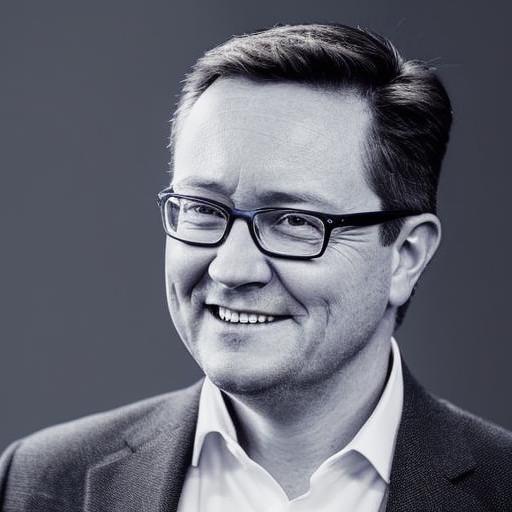Explore the forefront of the primary care revolution with Dr Peter Scriven, an esteemed clinician with a profound interest in AI and data analytics. Discover his perspective on harnessing cutting-edge MedTech innovations to elevate primary care, offering profound improvements in patient outcomes and healthcare efficiency.

The last two years have seen an explosion of MedTech opportunities; many of which are fuelled by ‘AI’, be it LLMs, Machine Learning or process automation. A parallel reduction in the compute overhead costs has led to increasingly widespread deployment of these tools.
Much thought has been given to the use of AI in medical R&D as well as secondary and tertiary care environments, particularly in pattern recognition diagnostic fields such as radiology. However, in most healthcare systems the majority of patient – clinician interactions are actually in the primary care space. Primary care has attracted less focus for MedTech transformation. It’s a challenging environment due to the undifferentiated nature of patient presentations, and far less glamorous than the imperious citadels of disease.
Primary care is defined by accessibility, continuity, comprehensiveness and people-centred coordination. In many systems primary care is delivered through what are effectively small to medium-sized businesses. MedTech can bring improvements in two areas – business efficiency and clinical efficiency. Combined those improvements make the patient experience faster, safer and more connected.
So, what might the AI-augmented primary care practice of the near future look like?
Patients calling in would be answered immediately by a conversational GenAI; requests for appointments will be consistently triaged by an AI working to practice defined triage and booking rules. Sophisticated voice analysis may even detect illness signatures in speech and cross-reference physiological data from wearable fitness trackers uploaded to the patient record. The reason for the appointment from the patient’s perspective will be transcribed into the record and for certain keywords, a pre-clinical consultation appointment for relevant point-of-care tests booked as well. The aim is to maximise business efficiency and the value of the consultation.
Inbound documents would be attached to the correct record and coded into the medical record by an always-on automation.
Patient recalls would be handled entirely in silico with defined recall criteria being actioned by a GenAI. The AI even uses the patients’ preferred clinicians’ voices when calling them to arrange an appointment.
From the clinician perspective, I expect to be supported by an array of MedTech to supercharge my capabilities and add value to the patient experience.
Being able to focus on the consultation, the conversation and the human interaction can be augmented with GenAI. There are already products that will listen to the consultation and transcribe it into notation, not a verbatim recording, but a medically concise and relevant notation. The freedom to not be typing into an electronic patient record during a consultation is hugely beneficial on many levels.
The data available to me will increase – patient-collected physiological data from wearable devices will be in the medical record. Point-of-care testing results will be available before the consultation starts – no more ‘let’s do some tests and come back when the results are available’ delays. Actionable clinical intelligence in the index consultation is the way forward.
An AI ‘co-pilot’ will be scanning the entire patient record pulling together disparate variables, looking for patterns that suggest diagnostic possibilities or areas to explore and critical risks. A real-time decision support and advisory tool that constantly learns and updates itself. When this is in place I suspect it will become indefensible not to use it in consultation.
Post-consultation communications such as referral letters will be produced by a generative AI and actioned through a process automation system.
A follow-up consultation would be done through a GenAI avatar of me; the patient receives a phone call follow-up, and the AI uses my voice pattern to ask a series of questions scanning for keywords and phrases, cross referencing physiological parameters gleaned from wearables and assessing against agreed thresholds. Patients tracking an expected recovery trajectory could be discharged or followed up again, those worsening could be flagged for clinician attention or automatically rebooked for a consultation.
Don’t fear progress. The core of a successful consultation lies in the human connection; in the doctor-patient relationship. Tools which enable me to concentrate on human connection will make me a more effective doctor. Star Trek still had Bones in the 22nd Century!


